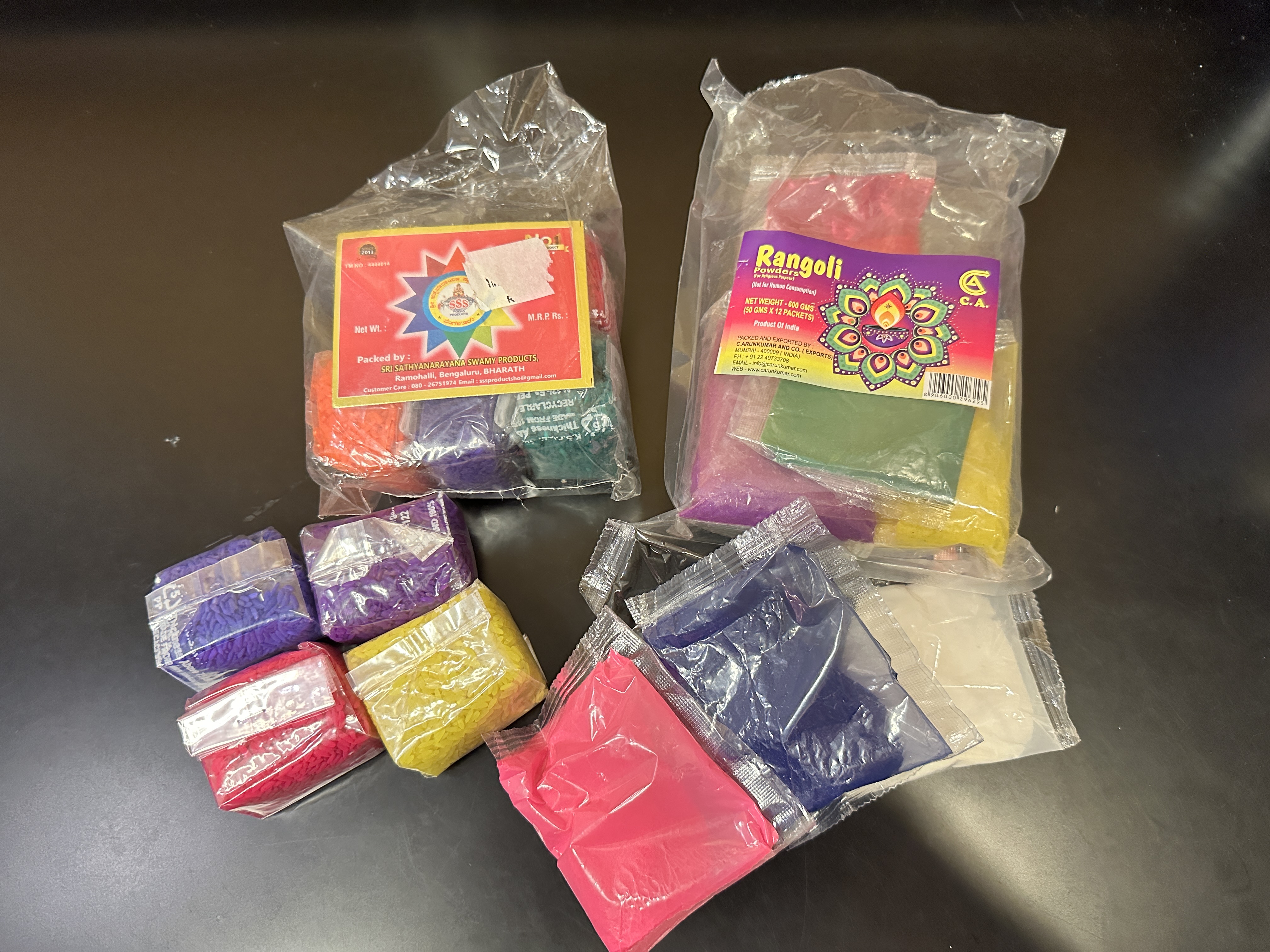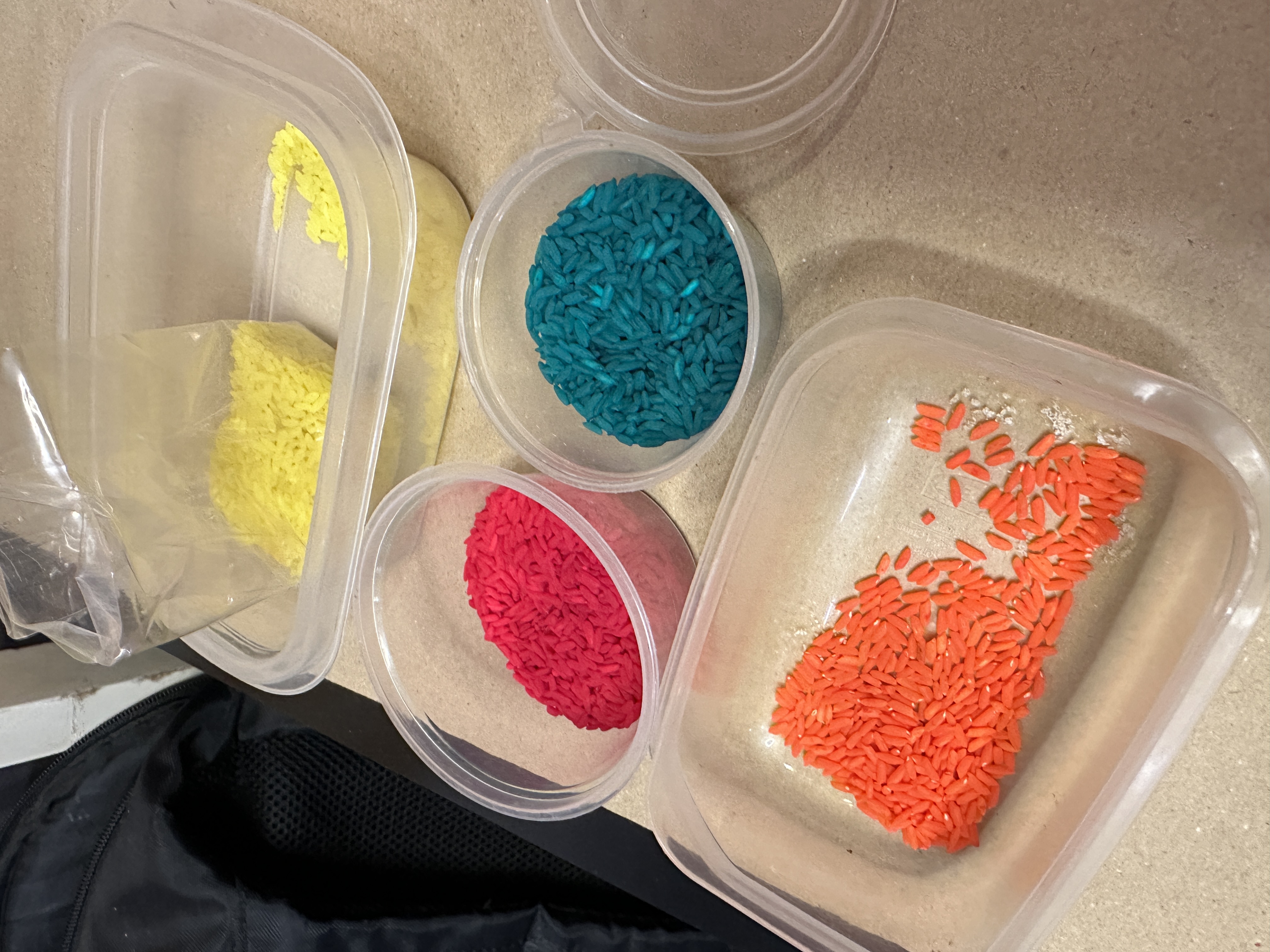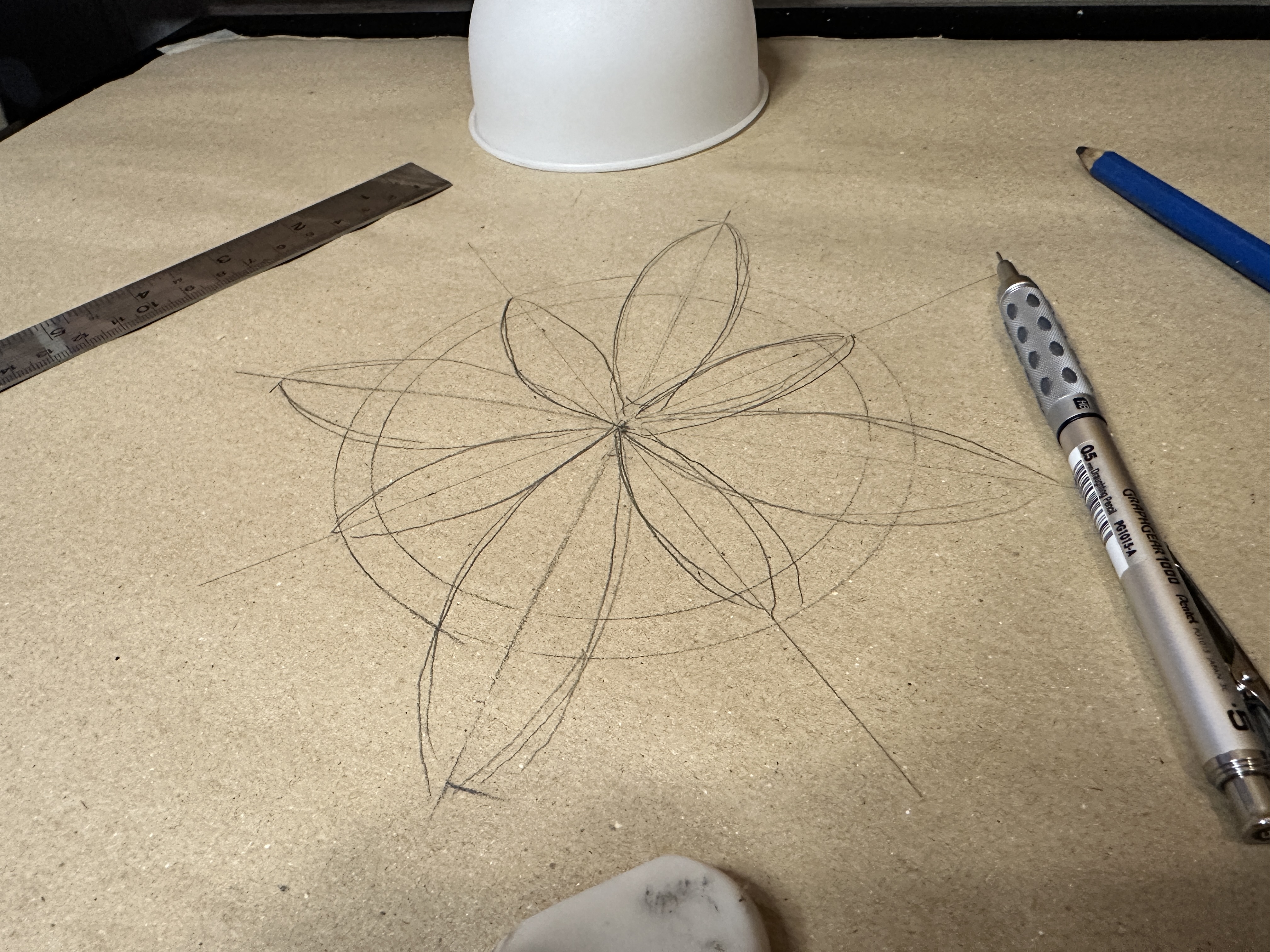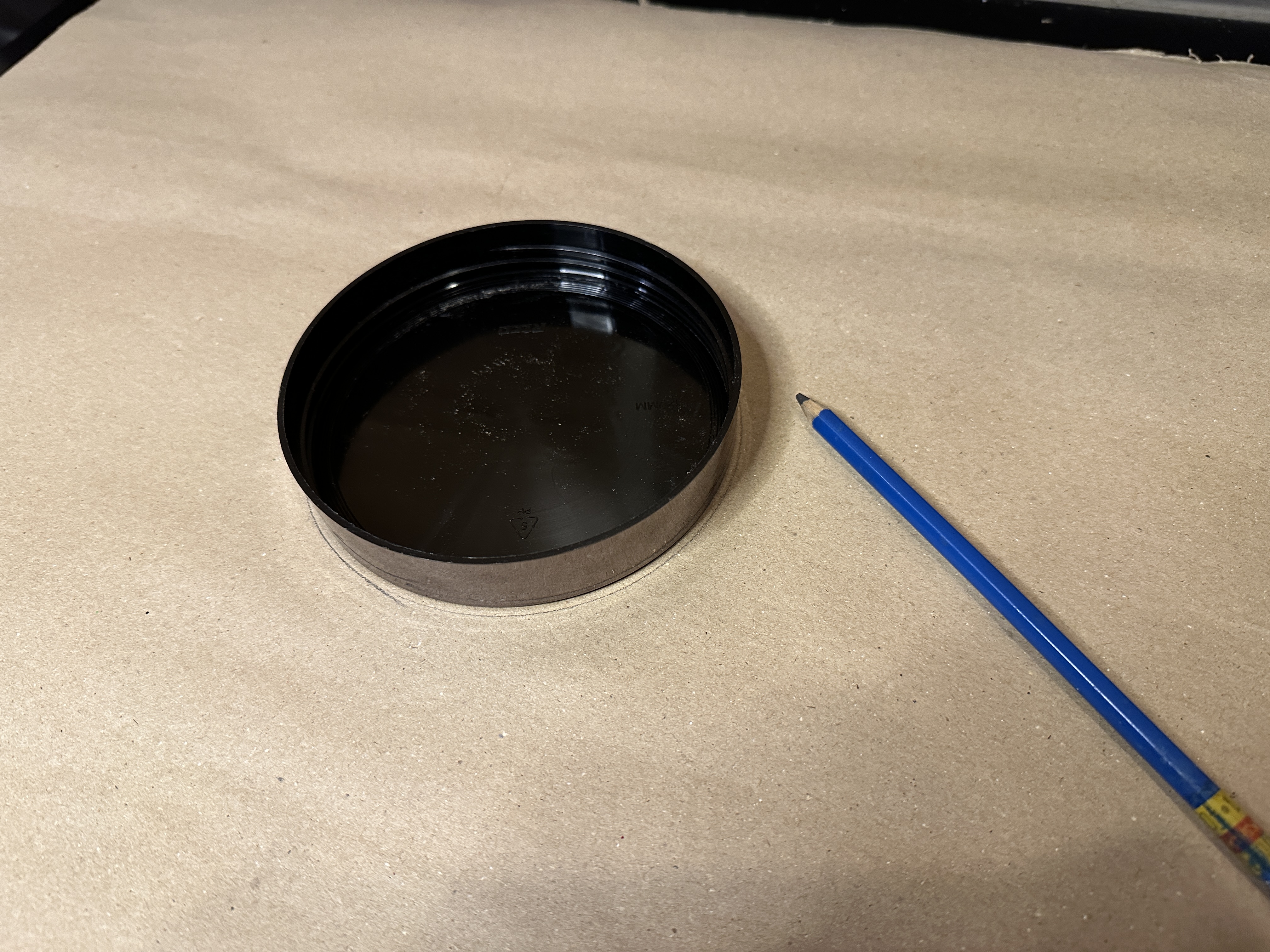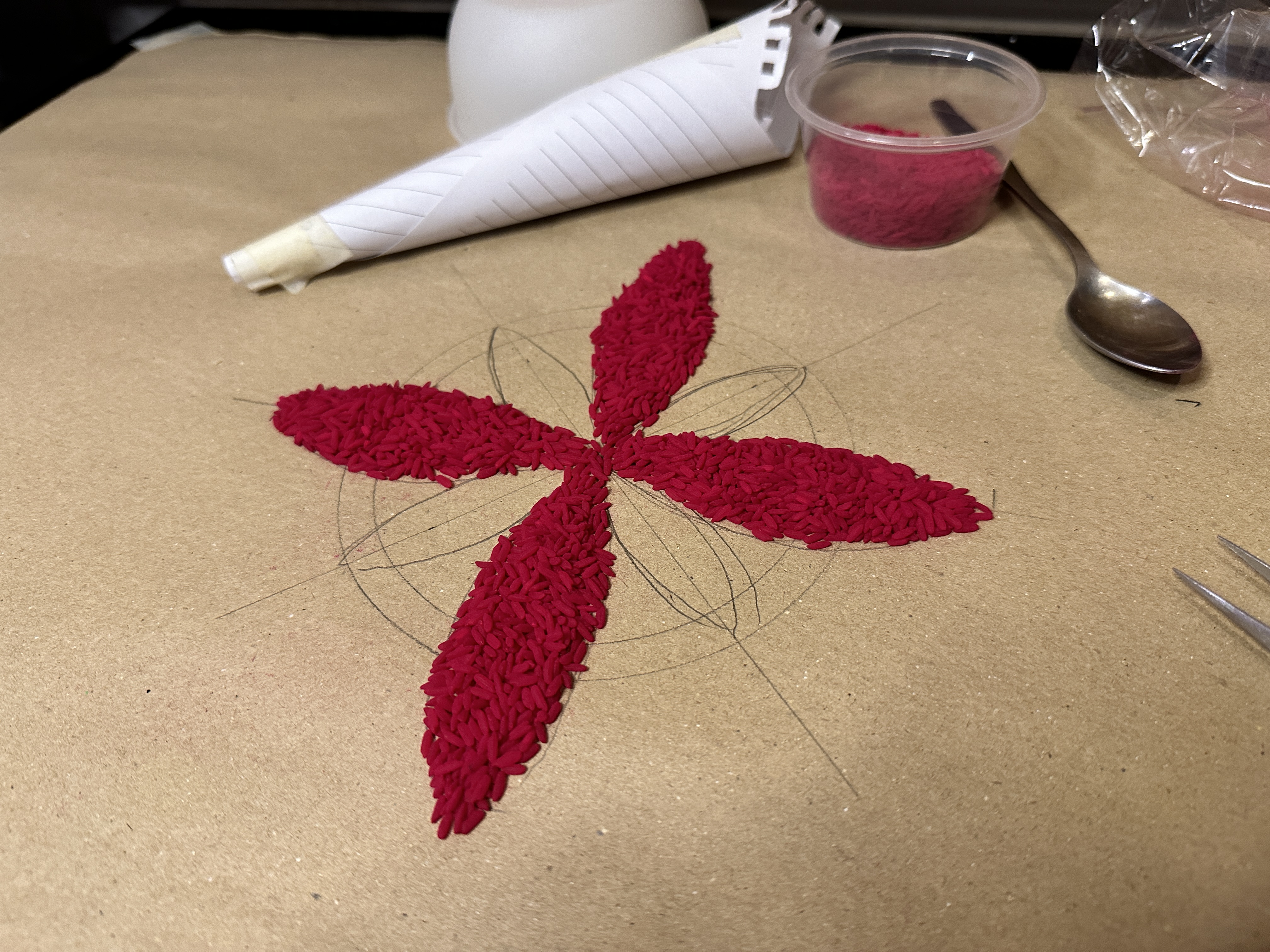Here's How To Design A Kolam For Deepavali, Even If You Have No Artistic Skills
Impress your friends and family with a kolam this Deepavali.
The Deepavali (or Diwali season) is upon us, which means that the homes of Indians across the world will soon be adorned with vibrant decorations, warm lights, and the aromatic scent of festive foods
One of the most beautiful and symbolic aspects of this celebration is the kolam, an intricate design typically drawn at the entrance of homes or temples.
This traditional art, often crafted with coloured rice or powders, is an integral part of Deepavali. It is believed to invite good fortune and positive energy, symbolising that guests, both human and divine, are welcome to enter.
Though the designs range from simple to complex, the goal of spreading joy, prosperity, and blessings throughout the festive season remains constant with every kolam.
Even if you've never made one before, crafting your own kolam can be a rewarding way to participate in the Deepavali festivities.
Here are some easy steps to follow if you're doing it for the first time:
1. Prepare your supplies
To create a kolam, you'll need a few elements and tools. Traditional kolams are made using coloured rice, powders, or even flower petals, which you can mostly get from shops and online stores.
If you want to go down the DIY route, coloured rice can be made by mixing rice grains with food colouring and letting them dry overnight.
For beginners, going with coloured rice is the easiest option as the grains are easier to manipulate and adjust compared to powders.
Here are some other tools you may need:
- Chalk, markers, or pencils to outline your design, depending on your chosen surface.
- Rulers, string, and other measuring instruments to help you draw accurate outlines.
- Tweezers, spoons, or brushes to help you adjust your rice and powders.
There are various other tools and implements that more experienced kolam designers often use, but for your first few kolams, you can just use the tools listed above.
2. Find a pattern to follow
As a beginner, it's a good idea to follow a simple pattern. There are plenty of beginner-friendly kolam patterns available online, like this, which you can easily print out and use as a guide.
Choose simple geometric or floral designs that are less overwhelming to recreate. Starting with patterns that have clear lines and shapes will help you get the hang of placing your colored materials neatly.
But if you're feeling a little bit adventurous, you can go ahead and draw out your design freehand.
3. Ready your outline
The surface where you'll create your kolam is important. Typically, smooth surfaces like tile floors or the entrance of your home are ideal, as they allow the powders or rice to spread evenly.
Once you've selected your location, lightly sketch the outline of your design using chalk or white powder. This outline acts as a guide, helping you position the colored materials without losing track of the pattern. As you gain confidence, you can move on to larger, more intricate designs.
But if you're just starting out, you can even go ahead and create smaller designs on paper surfaces if you just want the practice.
There's really no right or wrong way to improve your kolam skills!
4. Create your kolam
You can use any items laying around to help you draw consistent outlines for your kolam.
Image via SAYSThis is the fun part! Start filling in your outline with the coloured rice or powders, working slowly and carefully. Use your teaspoon to scoop small amounts of the material, placing it precisely along the lines of your design. For smaller sections or details, tweezers can help with precision.
It's important to be patient — kolams require a steady hand and attention to detail, but the process itself is meditative.
If you make a mistake, don't worry! Simply use a small brush or your fingers to adjust the materials. The more kolams you make, the more comfortable you’ll become with handling the materials.
5. Apply finishing touches
To make your kolam look polished and eye-catching, pay attention to the finishing touches.
Ensure the edges of your design are clean, and fill in any gaps in the pattern. A well-executed kolam looks balanced and complete, so take your time smoothing out the surfaces.
For an extra touch of festivity, consider adding small lamps (diyas) or flower petals around the kolam. This not only enhances its beauty but also ties in with the Deepavali theme of light and prosperity.
